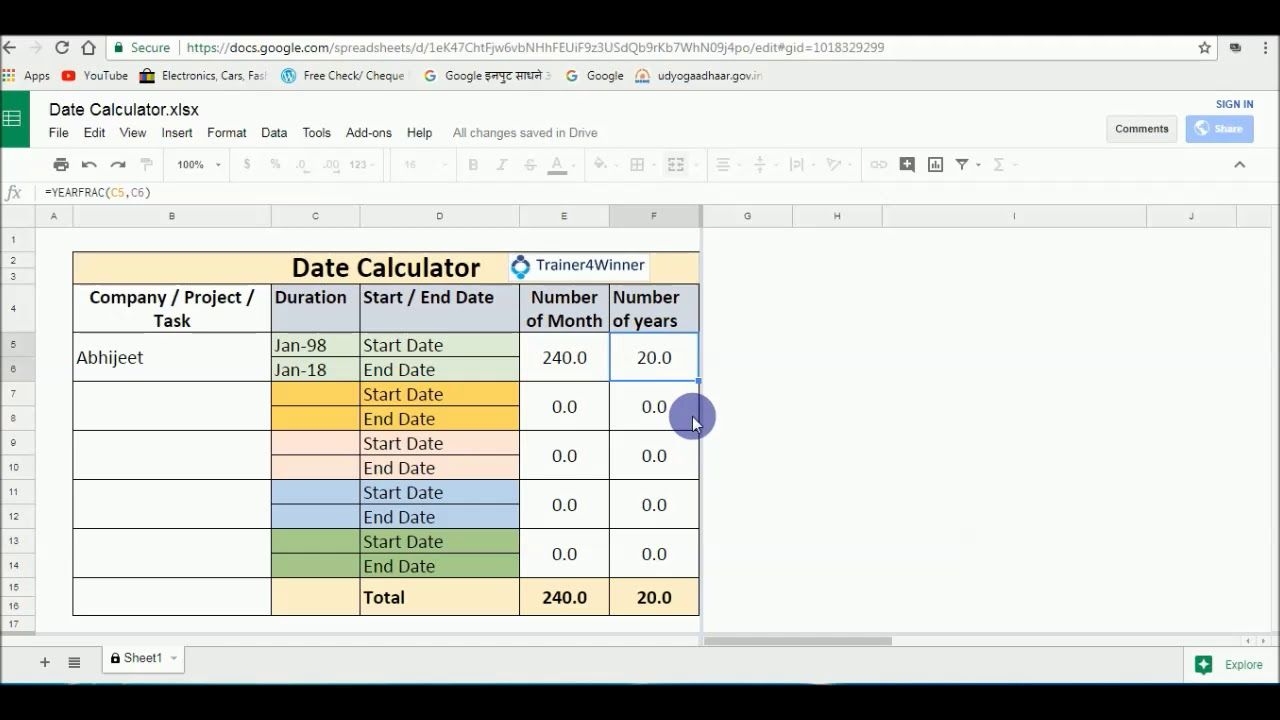
Now the convertor will generate Timing Clocks at the right tempo at that point, and it will also be able to compute Song Position Pointers after that point correctly. If you want to change the tempo during a piece, you have to enter the new tempo into the convertor, along with the number of the bar and beat at which you want the tempo to change. It then sends out a Song Position Pointer to the sequencer, followed by a Continue command, and then Timing Clocks at the appropriate tempo. If you start the tape later, the convertor takes the first SMPTE number it encounters and calculates the bar and beat of the sequence that the number corresponds to, using the start time and the tempo information to do the arithmetic. Then you decide what tempo and meter you want the sequence to play at, and enter that.Īs the tape plays, when the convertor encounters the SMPTE number you've programmed as the start time, it sends out a Start command, and follows it with Timing Clocks at the speed corresponding to the tempo you've programmed. at what SMPTE number) you want your sequencer to start, and enter that number into the convertor as a 'start time' or 'offset'. You tell the synchroniser where on the tape (ie. One way is with a SMPTE/EBU timecode stripe and a hardware convertor, like the Roland SBX80. When it comes to synchronising with tape, MIDI Sync is used in two different ways. When we talk about MIDI Sync, we're actually referring to several different MIDI commands or messages: 'Timing Clock', which is a single byte sent 24 times per quarter-note, and is therefore (and this is important) tempo-dependent 'Song Position Pointer', a three-byte message that tells a sequencer where to start, by counting the number of 16th notes since the beginning of the piece and 'Start', 'Stop', and 'Continue'. Elvis is dead, there is no Santa Claus, and 'MIDI Time Code' and 'MIDI Sync' are not the same thing. Some of them might even turn out to be wrong.

Some of these thoughts stem from my personal experience, some come from what others have told me.
Timecode calculator google sheets code#
So here are a few thoughts about what MIDI Time Code is, what it's doing for me and can be doing for you, and what we can expect from it in the future. A lot of parts of it remain unexplored, or ambiguous, but it's already doing wonderful things, and it will soon be doing more. As a working standard, it's still in flux. Of course, like anything else technological, MIDI Time Code has its ups and downs, its ideals and its realities.

And I'll let you in on a secret: it works great. But I'm not unique - there are thousands like me here in the States who are using MIDI Time Code every day with sequencers, hit-list generators, effects editors, and hard disk recording systems. In his article, Chris says he has "yet to see a working system in which MTC is implemented." This means he's never seen my back bedroom, which, considering I live about 4000 miles away from him, isn't surprising. If it is, you Limeys are in serious trouble. I can't believe the state of synchronisation in Britain is as bad as Chris says it is, and that MIDI Time Code (MTC) is such a rarity. That's why I was completely taken aback and a little appalled by Chris Smith's 'Sounding Off' piece, entitled 'Whatever Happened to MTC?', in these pages a couple of months ago.

I use it a lot, and have been for nearly two years.


 0 kommentar(er)
0 kommentar(er)
